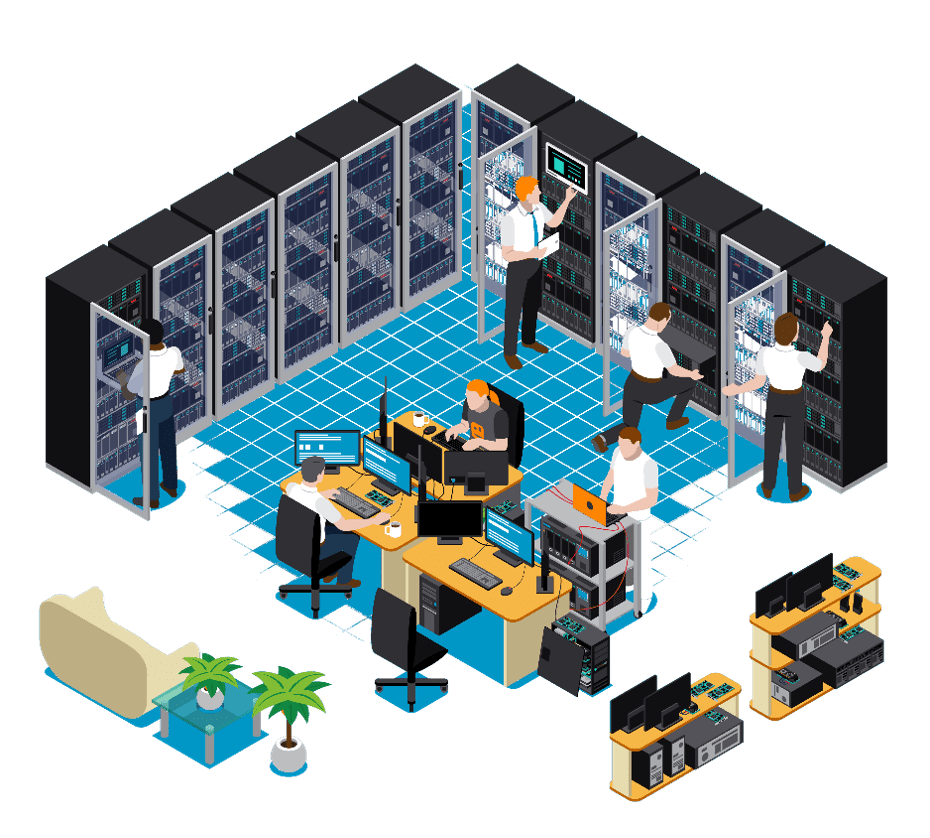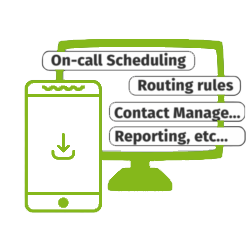How CIM Differs From Incident Management
Incident management defines the orchestration of personnel, technology and processes to resolve IT service interruptions. It is not different from critical incident management. At times, the terms might be used interchangeably. However, critical incident management differs from straight incident management based on the severity of the incident. Much of the change is one based on mindset.
An incident management situation might correspond to a SEV-5 on the chart above or SEV-4. This differs from a critical incident management situation which describes a SEV-2 or a SEV-1. In either of these later two situations, the decision-making process changes. Actions might be riskier during a SEV-1 given the importance of what is at stake.
At times, it can be difficult for team members to understand the difference between critical incident management and incident management. That is why it is important to have experienced team managers, who can help shepherd the thinking of the team.
The Cost of Downtime
Proper critical incident management requires understanding the actual impact of downtime. According to a January 2016 article in Network Computing on the high price of IT downtime, organizations face:
“An average of five downtime events each month, with each downtime event being expensive indeed: from $1 million a year for a typical midsize company to more than $60 million for a large enterprise.”
The major cause of this downtime is equipment failures, accounting for nearly 40 percent of downtime. The second most frequent cause of downtime is human error which accounts for 25 percent of downtime.
Traditional workflows have help or service desks alerted of downtime incidents via pagers or emails. The use of email alerts assumes—falsely—that an email will get the attention of the appropriate data center manager or service desk engineer. Unfortunately, critical messages often get buried in email inboxes. Instead, IT support teams need immediate incident management platforms for their teams.
Critical Incident Management Best Practices
An organized approach to addressing and managing an incident requires teams to not just solve the incident, but to handle the situation in a way that limits damage and reduces recovery time and costs. Critical to the success of this process is establishing protocols for managing IT roles not just during an incident, but also before and after the urgent event.



















